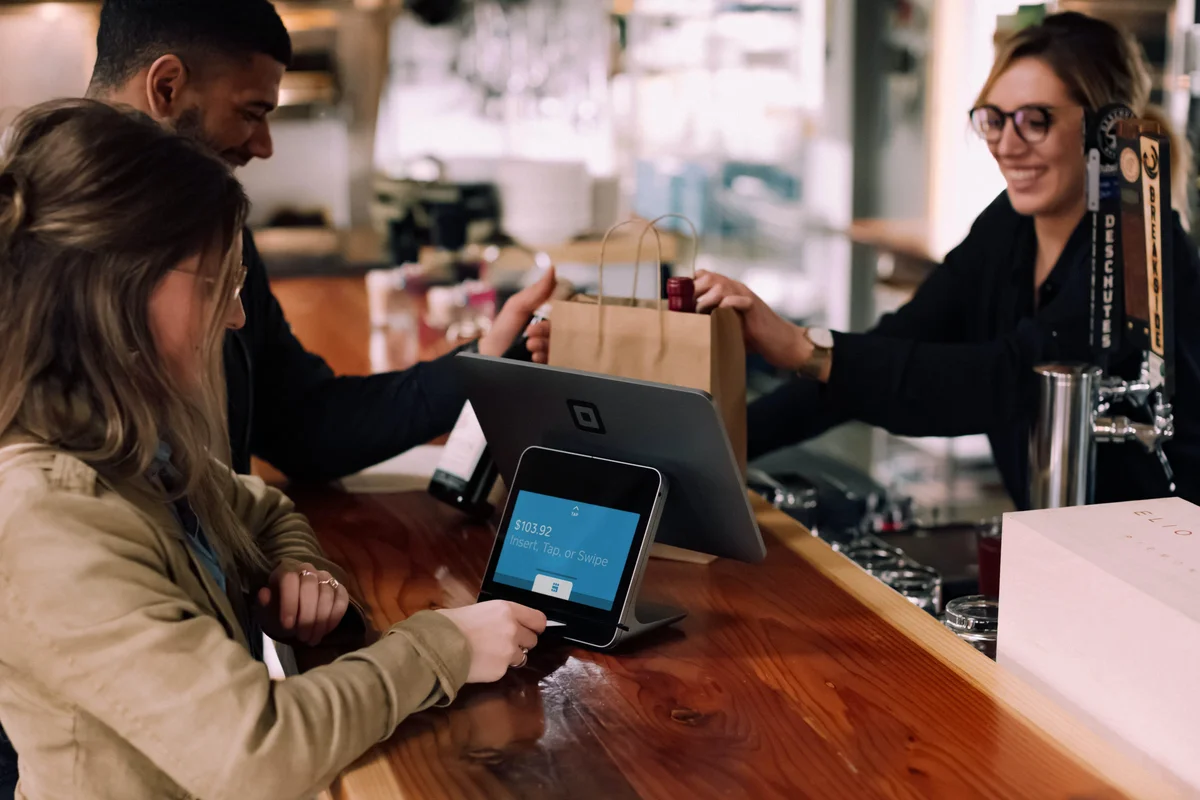What is Threatware? How is it related with Malware?
Programs created by criminals to obtain access to victims’ computers are known as “threatware.” In order to steal its owners’ private information, they are used to damage gadgets. Malware, more particularly “spyware,” is another term for threatware. Enterprise security has become a key priority in this era of digitalization.
Ransomware, keyloggers, trojans, and adware are just a few of the many types of threatware that have proliferated over the years.
Whatever you choose to call it, threatware and malware have grown into a huge problem throughout the world. According to Mimecast’s 2021 State of Email Security Report, six out of ten respondents had their email systems compromised by ransomware. Because some malware is designed to self-replicate, if one machine in your network is infected, your entire network is at risk. It is possible for a computer worm to spread via a network and replicate itself on other computers that are already infected.
Since hackers’ methods are evolving, it is crucial to fulfilling the enterprise security strategy as a complex, constant process. Threatware can interfere with business assets from both internal and external impacts.
Also Read: What is Purple Teaming in Cybersecurity and its advantages?
Across all sectors and sizes, threatware like Ransomware is one of the most prevalent and pervasive dangers confronting today’s businesses. Ransomware infections are still making news and dominating business talks years after Wannacry shut down firms worldwide. Many threatwares, specifically – Ransomware is referred to malicious software that encrypts information and computers, but it has evolved to describe a broader class of assaults that utilise extortion to extract money from its victims.
How Do Computers Get Infected with Malware?
Getting threatware through an email is a typical misunderstanding among Internet users. A resounding “yes” is the answer. In fact, phishing emails are the most common method of spreading malware. By pretending to be someone’s friend or coworker, threat actors infect unsuspecting individuals with harmful software through the use of phishing emails.
These emails entice recipients to open a dangerous link or file. The victim’s PC can be infected by one of these acts. A phishing email that was shared on Twitter:
In addition to email, threat actors employ social media and text messaging to get victims to download malware.
Variety of Malware or Threatware
Malware comes in a wide variety of forms, each with a specific use case and purpose. The following are seven typical alterations
The majority of the time, ransomware is delivered via email attachments or a rogue website.
There is a new business model for ransomware dubbed ransomware as a service. Amateur hackers (often known as “script kiddies”) use it to buy and use malware that has already been used in a RaaS attack. In the event of a successful ransomware attack, a portion of the money is sent to the malware’s creator.
Worms
They were meant to infect one machine, clone themselves, and then spread by email when they were first created.
In order to build botnets from a large number of infected devices, worms are used by perpetrators (e.g., mobile phones or PCs). Due to their owners’ ignorance of the infection and use as part of a broader operation, such as a denial of service attack, these machines are known as “zombies” (DDoS).
Examples of worms include:
NgrBot
This worm spreads through social networking sites and chats messengers. When a consumer downloads software that transforms their computer into a zombie and participates in a big botnet, it is done so using social engineering. It also prevents infected systems from being updated and can steal login credentials and other critical information.
ILOVEYOU
People were tricked into opening the worm-containing email attachments by a social engineering attack that suggested a potential love interest as a motive for opening the attachment. Various file formats are overwritten by a Visual Basic script. An estimated 45 million machines have been infected by the worm.
The Trojan
A Trojan horse looks to be a normal programme, but it hides a harmful secret. However, while it doesn’t reproduce itself, it often comes with extra malware kinds, such as backdoors, ransomware, and spyware.
In the financial sector, Trojan assaults are a common occurrence. Rig is used to run the Tiny Banker Trojan (Tinba) malware, for example. First, a weakness in the target computer’s software is discovered, and then the installation process begins. While visiting a bank, the system user will see an overlay screen that requests personal information, including credit card numbers (see below).
Rootkits
This is a ready-made piece of software that can be tailored to your specific needs. It’s possible for them to execute files, get access to private areas of an application, and even alter system settings.
Its installation grants access to a network through social engineering attacks (e.g., phishing), which typically lead to the theft of a user’s login credentials. Any anti-malware software that may otherwise be able to identify the rootkit can then be subverted by the rootkit, giving the culprit full rein to install other malware.
In cyberespionage, rootkits are used to collect screenshots, record keystrokes, and monitor network traffic, such as Flame. To impede Iranian oil refinery operations in 2012, it was most commonly employed
Backdoors
Access to a system via a web server or database is protected from unauthorised entry via a backdoor. Hackers often employ social engineering to get access to a victim’s account by stealing their passwords after conducting research on them.
To evade detection, a control centre is set up through the usage of backdoors. This gives the criminal the ability to remotely update malware and control the operating system.
Data theft, denial-of-service attacks, and infection of your visitors’ machines are just a few of the bad things that backdoors are used for. Additionally, it serves as a starting point for attacks by advanced persistent threats (APT).
Numerous IoT gadgets, such as Wi-Fi security cameras used by businesses, have lately been shown to have backdoors. As soon as an IoT device is infected and transformed into a backdoor, the network is effectively accessible.
Adware
An early kind of malware, adware was developed during the days of freeware. Pop-up advertising was included in the free programme, but it was displayed every time you used it. That’s not to say it wasn’t malicious.
In today’s world, visiting a hacked website and allowing its malware-laden adware to take advantage of a browser weakness is all it takes to have your machine infected.
Spyware
Without your permission, this virus collects sensitive personal information and delivers it to a third-party service provider.
A keylogger is one of the most dangerous types of malware. Upon activation, it records every keyboard input and sends it to a remote server, where the culprit may access it and steal the user’s credentials.
Are There Any Effects?
What happens when your computer is infected with malware? We know that the ultimate objective of threat actors is to gain access to sensitive data like passwords and research files. Threatware can come in many forms and have varying degrees of impact on your computer. If your computer is infected, you’ll notice a number of symptoms.
- Processing is slow.
- A sudden scarcity of space for storing goods
- Frequently halting or shutting down
- Several pop-ups appear.
- Unwanted applications are being installed.
Your computer may be infected with threatware if you detect any of these symptoms. No links in the pop-ups should be clicked, and no apps should be opened that you haven’t already installed. As soon as possible, unplug the device from your local network and the Internet. This should assist. The infection of other systems is avoided, as is the transfer of data that the virus may be performing. A virus scan should be performed, and the malware and its accompanying temporary files should be deleted.
How Can You Prevent Getting Infected With Malware?
If you want to prevent being infected by threatware, there are a few things you may do.
- Emails from unknown senders should be ignored: While some dangerous emails are immediately banned or wind up in your spam folder, others may make it into your inbox and need to be dealt with as soon as possible. If you get an email from someone you don’t recognise, you should either delete it or designate it as spam.
- Avoid clicking links: Regardless of whether they appear in social media posts, emails or text messages, do not click on them without first examining the content of the link itself. Hover your cursor over any links or buttons that say “click here,” “check here,” or “verify your account” before you click. It is possible to view the URL in the lower-left corner of your browser window by doing this operation. If the URL is questionable, such as amazon[.]xyz instead of amazon[.com], avoid clicking.
- Get an antivirus programme and keep it up to date on a regular basis. It is possible to have anti-malware or antivirus software running in the background at all times, alerting you to suspicious activities. They can prevent you from accessing potentially harmful websites. Additionally, you may run frequent system scans to guarantee that your computer is free of any hidden viruses.
- Update your computer’s operating system (OS) and software: Cybercriminals are always on the lookout for new ways to infiltrate systems and programmes, even before they may be discovered by the makers. This type of attack is referred to as a zero-day. You’ll need to download and install updates from developers to fix bugs on your system.
Conclusion
Viruses, Trojans, and other malicious software can do serious damage to your computer and network. They can propagate to other linked devices and steal personal data as well. They may even spam your contacts’ inboxes with unsolicited messages or publish malicious links to your social media feeds without your knowledge.
As well as deleting and locking your files, ransomware may also do this. The only way to regain access is to pay the ransom. The average ransomware payout is $600,000, so this may be very expensive. Be aware that ransomware victims are not just restricted to huge organisations. They can also prey on people and small companies.





Pingback: How to Clear Recents on Snapchat - Ideas Vibe
Pingback: How Do I Check My NAT Type on PC? - mangoTips
Pingback: Best Password Manager Reddit
Pingback: What is Modern Technology's Impact on Culture? - Hi Tech Vibes